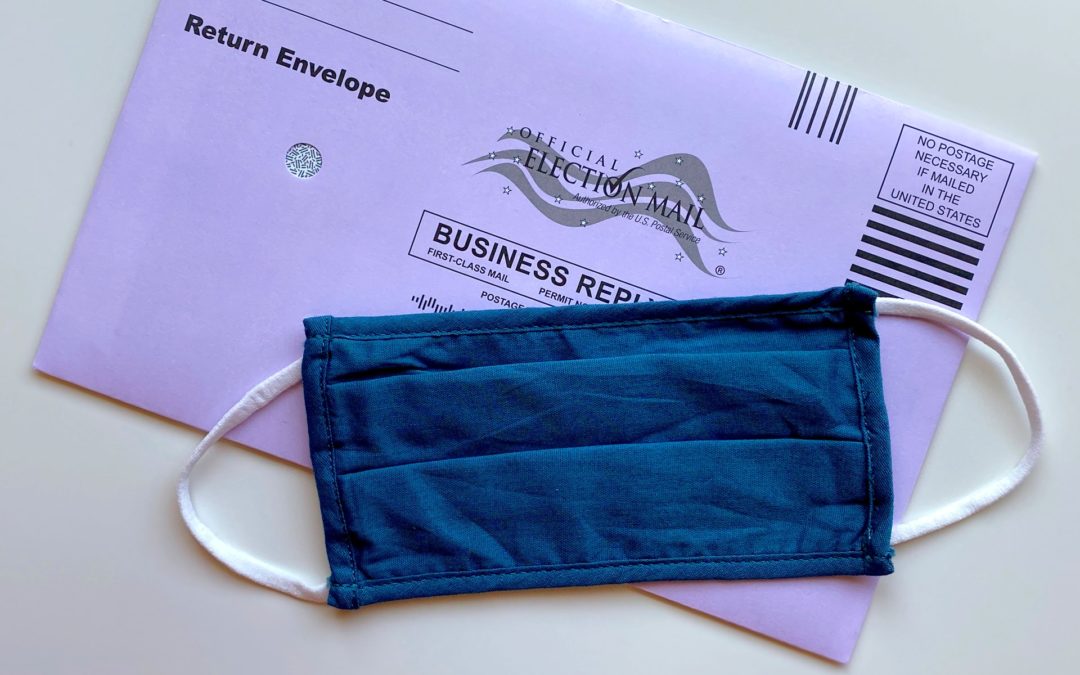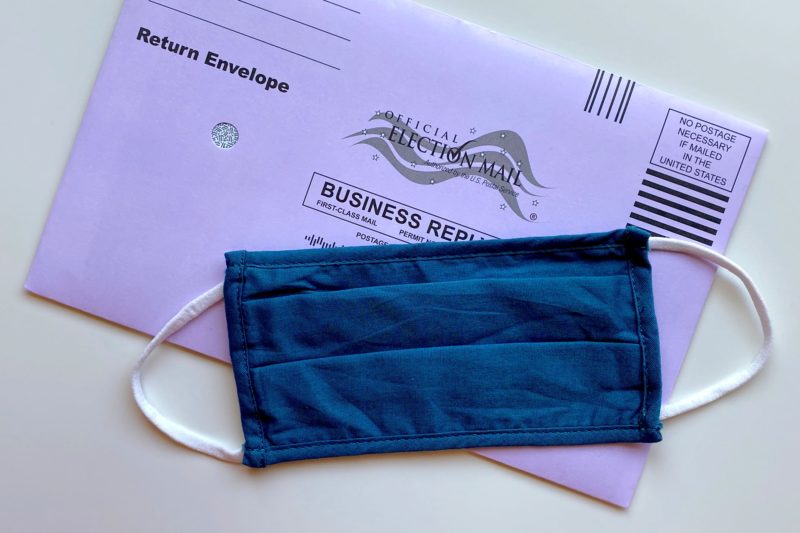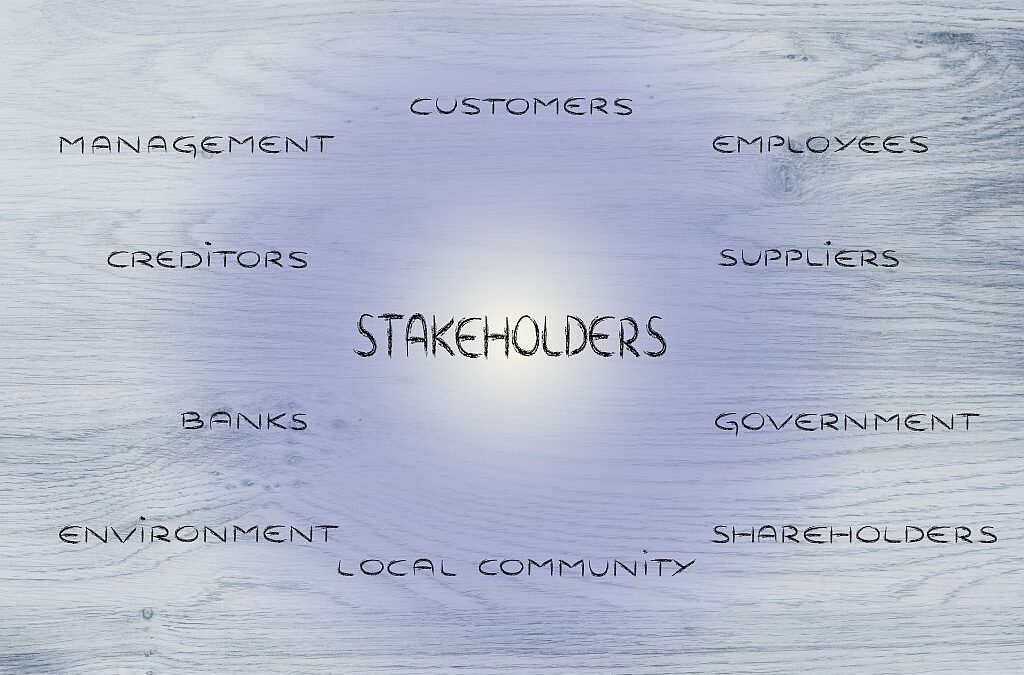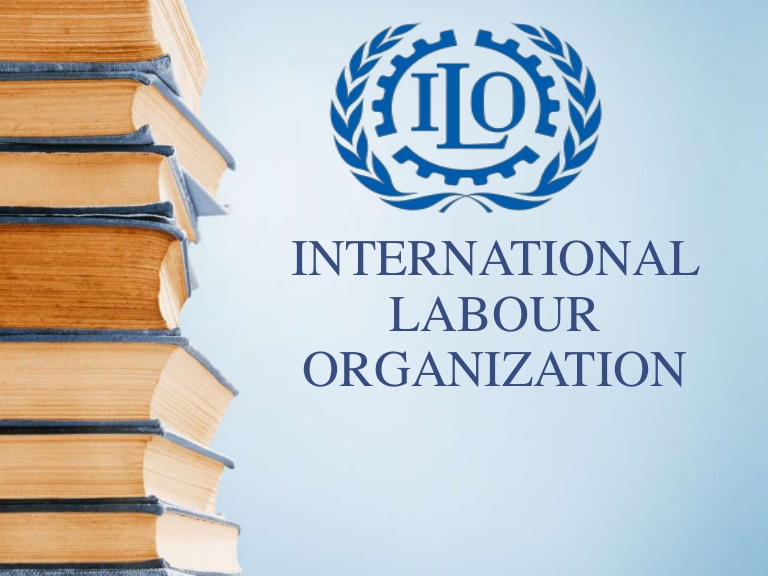
Can You Afford Your Disease? How the Presidential Election will Determine the Future of the Free Market
Can You Afford Your Disease? How the Presidential Election will Determine the Future of the Free Market
Friday, November 13, 2020, by Jordyn Murphy JHBL Staff Member and ICSB Board Member

This chart shows how pharmaceutical spending (measured in USD per capita) in the United States is significantly higher than in other countries.
Image Credit: https://data.oecd.org/healthres/pharmaceutical-spending.htm
For 68% of American voters, the cost of healthcare, including pharmaceutical drugs, was an important facet in determining whether they would vote for President Trump or Former Vice President Joe Biden.[1] In fact, many Americans have stated they are willing to pay higher taxes and forgo new drug developments if it meant a decrease in prescription drug costs. This isn’t surprising, as over 70% of Americans currently take at least one prescription drug, and every 1.25 hour, seven Americans die because they can’t afford their prescription drugs.[2] The coronavirus pandemic has only intensified the use and need for prescription medicine. With Joe Biden’s election to the Presidency, voters wonder if true reform will come from his healthcare plan.
The pharmaceutical industry is the most profitable industry in America. Americans spent $460 billion on prescriptions in 2016.[3] So why do drug prices continue to rise exponentially? Pharmaceutical companies would tell you the prices reflect the cost of research and development (R&D), but the real answer is simple: because the free market allows it.
If each American had a dollar for every time the pharmaceutical industry defended their price hikes in the name of R&D, they likely would be able to afford their prescriptions. However, most big pharmaceutical companies do not do their own R&D. In fact, most drugs are the product of small startups or biotech companies based on the scientific research by the NIH, a federally funded agency. Once a drug is discovered, big pharmaceutical companies such as Merck, Eli Lilly, and Pfizer acquire the company and prepare it for the market. Further, in what is referred to as a legal monopoly, when the drug’s patent is getting ready to expire, companies make small tweaks (i.e., changing the side of a molecule) to obtain a new patent. For example, Prilosec became Nexium with very little change to the drug itself and no additional health benefits for patients. When generic companies create generic versions of these drugs, the large pharmaceutical companies pay the generic companies to delay releasing their product for a set amount of time (referred to as pay for delay).
If money isn’t spent on R&D, where does it go? Marketing. The United States is only one of two countries in the world that allow direct to consumer marketing. Pharmaceutical companies spend 19 times as much on marketing and advertising than they do R&D.[4] For example, in 2016 alone, Pfizer spent $2.3 billion in off-label promotion and kickbacks[5] to doctors. Aside from marketing, pharmaceutical companies also spend a considerable and unfathomable amount of money on executive pay. While on paper, an executive might make $18 million, the company buys back its stocks so the executives can cash in on their stock options with their total salaries coming to $250 million a year.[6]
So how do you tackle the most profitable industry in America? We can’t rely on corporations gaining a moral compass. As Allergen showed in 2017, when they transferred their patents to the Mohawk reservation to gain sovereign nation protection, they’re incapable of morality.[7] Corporate law forces corporations to be answerable to their shareholders and maximizing profits.
President Trump tried reform recently when he issued an executive order titled “Lowering Drug Prices by Putting America First.” This order directed the Department of Health and Human Services to use the “most favored nation” approach to test international pricing with certain high-cost drugs covered under Medicare Part B and insufficient competition under Part D. Ironically, “the statutory provision that allows the Medicare program to test different payment approaches is part of the Affordable Care Act, which the Trump Administration is currently attempting to overturn.”[8]
The first real step is price regulation through negotiation reform. The U.S. is the only industrialized country that operates on a system that allows pharmaceutical companies to charge whatever they want. Medicare is forbidden from negotiating prices with drug companies, a practice employed by Britain, Canada, Germany, and Switzerland. The legislature must create a pricing committee that negotiates prices with pharmaceutical companies. Additionally, through the U.S Patent and Trademark Office, the government must prevent big pharmaceutical companies from obtaining new patents on the existing drugs by making nonsignificant developments.
Further, the tax deduction for marketing expenses must be stopped, as outlined in Joe Biden’s healthcare plan. Reform will not be easy when the pharmaceutical companies spend over $3 billion a year in lobbying, outspending every other industry by 44%. For example, Mitch McConnell, Republican majority leader, has received more than $200,000 from pharmaceutical companies in this most recent election cycle. Looking forward, it will be important to elect government leaders who cannot be bought.
Jordyn Murphy is a second-year law student at Suffolk University Law School with an interest in corporate law, specifically asset management. Jordyn currently interns at Primark U.S. with the General Counsel and is a board member for the International Council for Small Business.
Disclaimer: The views expressed in this blog are the views of the author alone and do not represent the views of JHBL or Suffolk University Law School.
Sources:
[1] https://www.pewresearch.org/politics/2020/08/13/important-issues-in-the-2020-election/
[2] https://www.youtube.com/watch?v=xZ_ncGqyAfY
[3] https://www.youtube.com/watch?v=xZ_ncGqyAfY
[4] https://www.youtube.com/watch?v=xZ_ncGqyAfY
[5] Kickbacks are essentially bribes to doctors to incentivize them to prescribe medications to patients at high rates and high dosages. Kickbacks have included tickets to basketball games, vacations, tennis lessons, etc.
[6] https://www.youtube.com/watch?v=xZ_ncGqyAfY
[7] Allergen transferred legal ownership of one patent to the New York Mohawk Tribe. The Tribe then licensed the patent back to Allergen for ongoing payments. Allergen was sued by another pharmaceutical company and argued that federal law prohibited the U.S. Patent and Trademark Office from reviewing the patents because they were protected under the Tribe’s sovereign status. The U.S. Court of Appeals for the Federal Circuit affirmed a lower court’s ruling that sovereign immunity does not apply to patent review proceedings. The Supreme Court denied certiorari.
[8] https://www.americanprogress.org/issues/healthcare/news/2020/10/15/491425/little-late-trumps-prescription-drug-executive-order-not-help-patients/
https://www.hg.org/legal-articles/kickbacks-and-fraud-in-our-health-care-system-43547
https://www.pewresearch.org/politics/2020/08/13/important-issues-in-the-2020-election/
https://data.oecd.org/healthres/pharmaceutical-spending.htm
https://www.youtube.com/watch?v=xZ_ncGqyAfY
https://www.nytimes.com/2020/06/27/us/politics/coronavirus-drug-pricing-legislation.html









